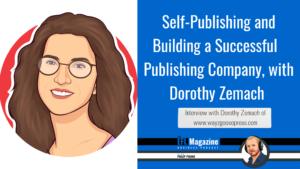Creative Output, Activities for Teaching Speaking and Writing
This book of just over 130 pages starts with a clear and concise theoretical underpinning and follows up with a broad variety of activities which deal with speaking and writing in the ESL classroom.
The introductory section cites such figures as Krashen, Long, Swain and Vygotsky in explaining the authors’ position and approach to their writings and their philosophy of teaching and learning. They also offer excellent overviews of the practice and rationale involved with delivering speaking and writing activities.
All in all, the carefully written introduction prepares teachers, novice or highly experienced for the tasks, games and activities which follow.
There are 6 sections which deal with the activities under various clear headings such as: Speaking Activities, Speaking and Writing Activities, Book Based Activities and Young Learners Activities.
Each activity page is divided into Preparation and Procedure sections with the former offering a short instruction on how to set up the activity which follows as well as material and equipment you’ll need in the classroom while the latter gives bullet-pointed instructions on how to run the activity. Many of the activities also include notes, containing, for example homework ideas. Extensions and variations are also often included.
All the notes are extremely clear – literally ‘foolproof’!
Perhaps the authors might consider adding an approximate time scale for the activities in future editions. Obviously, one can’t be precise but a rough estimate might be handy.
The authors make the point that they have deliberately not included a level guide for the activities (other than the Young Learner section), nor any required language so that teachers will feel free to adapt and modify the activities. They note that teachers are more likely to react positively to less prescriptive instructions; something that I would certainly agree with.
The activities themselves vary from quite simple to set up and execute to relatively complex. An example of the former would be activity 1.13 in which students role play mini scenes presented via a whiteboard timeline – a great idea, to which students can also add their own input of course. More complex examples include 2.3 ‘Improving a Sentence’ which comprises 11 phases and would need a fair amount of time and instruction-giving skills. Complex though it is, I can imagine students gaining huge satisfaction from this challenging activity.
The final activities section is aimed at lower level Young Learners (not that there’s any suggestion that YLs might be necessarily low level) and contains ideas and topics which are likely to stimulate that age group. I particularly liked 6.4, The Monster’s Fridge in which learners are asked to list things they might find there! This is elaborated into an attractive, fun task using countables and uncountables
All in all, this resource book should provide a very welcome addition to any staffroom where busy teachers might need a spark of inspiration, a new idea or complete activities.




